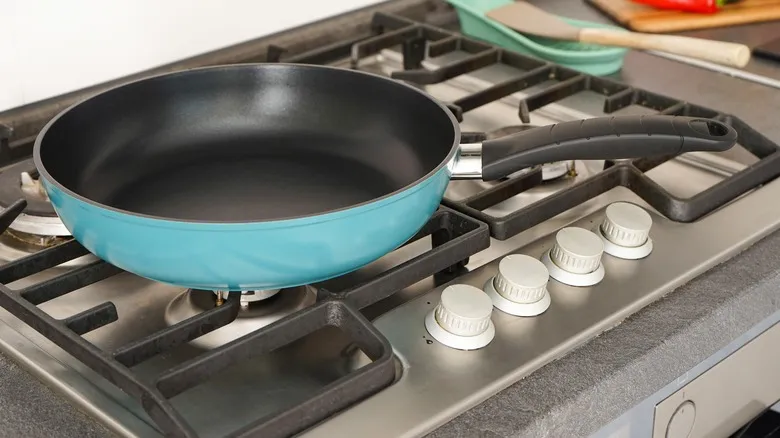Ensuring proper heat distribution is key

A useful visual method to determine if your cookware is appropriately sized for the burner is to observe how it rests on the burner's grate. Ideally, the pan should not extend more than an inch beyond the burner or grate. When you ignite the burner, the flame should align with the bottom of the pan, reaching the edge of its base—no more, no less. If the flame primarily stays in the center and does not reach the outer edges, your cookware may be too large for the burner. On the other hand, if the flame spills over the sides of the pan, your burner might be too large, or the heat setting could be too high, which may lead to the pan warping due to excessive heat. If upgrading to larger burners isn't feasible, consider using smaller cookware. While this may reduce your cooking space, it will help prevent your pans from warping.
It's possible to patch up a warped pan!
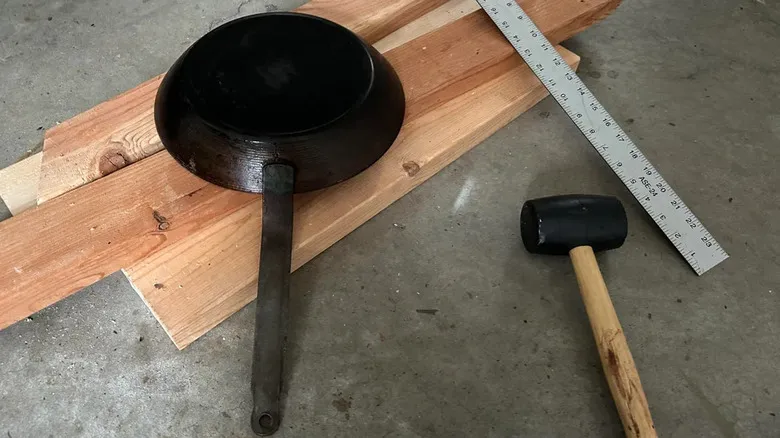
Handling grime, stains, and rust on a pan is typically straightforward, but when it becomes warped, it may feel like its cooking days are over. Thankfully, there’s still a chance to restore it if the warping isn’t too extreme. (Note that the following method is suitable for most pans, but should not be used on cast iron, as the metal may crack under hammering pressure.)
Begin by gently warming the warped pan on low heat for about five minutes on a compatible stove. Next, find a solid surface, such as a workbench or concrete floor, and place an old towel underneath the pan for protection. Cover the pan with another towel to safeguard any non-stick coating. Using a hammer—ideally a dead-blow hammer to reduce damage to the metal—gently tap the pan to help reshape it.
For more significant warping, follow the same procedure as above, but also place a sturdy object, like an old wooden block, on the pan’s surface before hammering. This added support can assist in restoring the pan’s shape more effectively.
Recommended
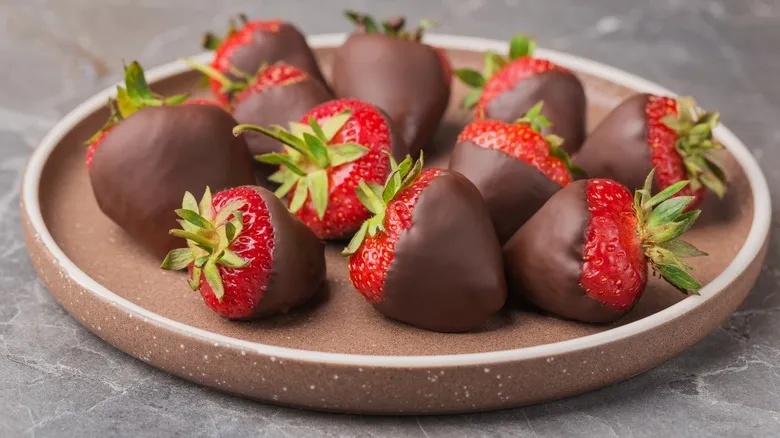
The Best Way To Store Chocolate Covered Strawberries
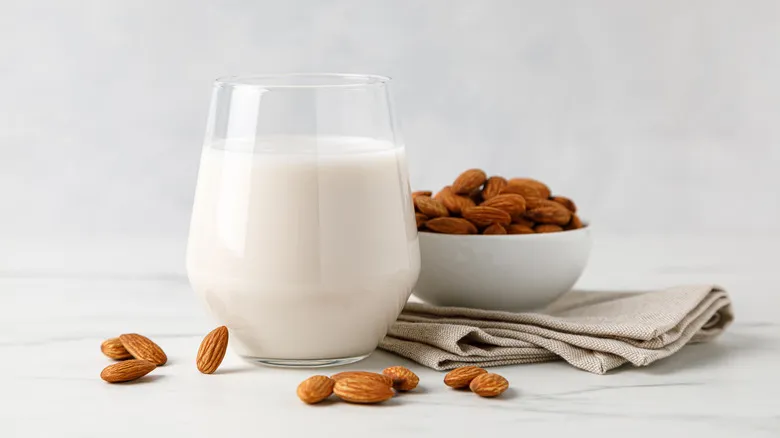
How Long An Open Carton Of Almond Milk Should Last In The Fridge
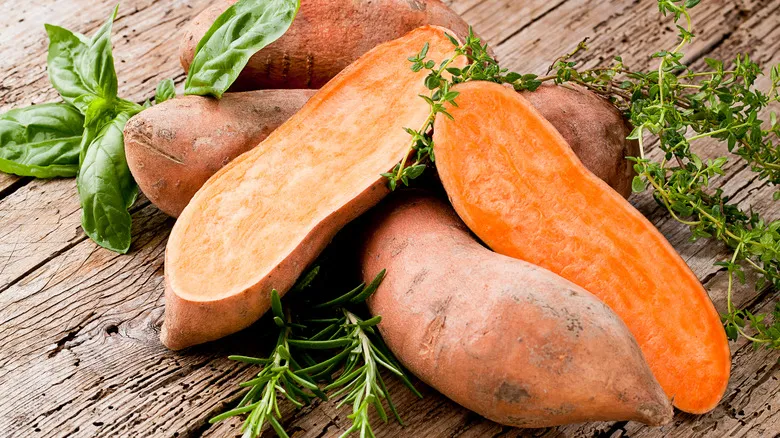
The Right Amount Of Time To Microwave A Sweet Potato
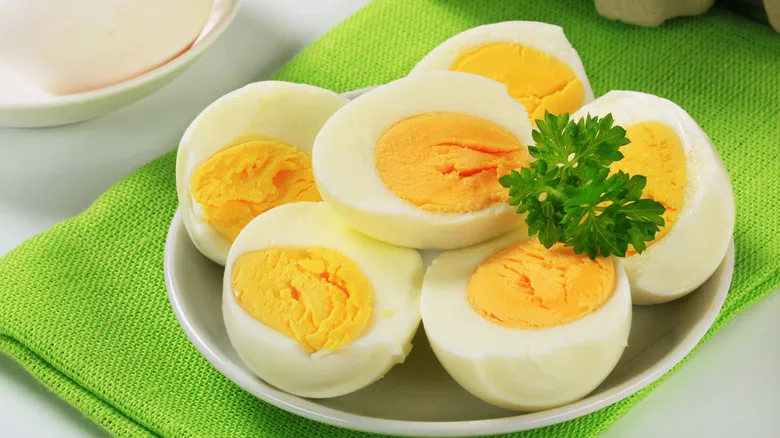
Why You Shouldn't Hard Boil The Freshest Eggs In Your Fridge
Next up

